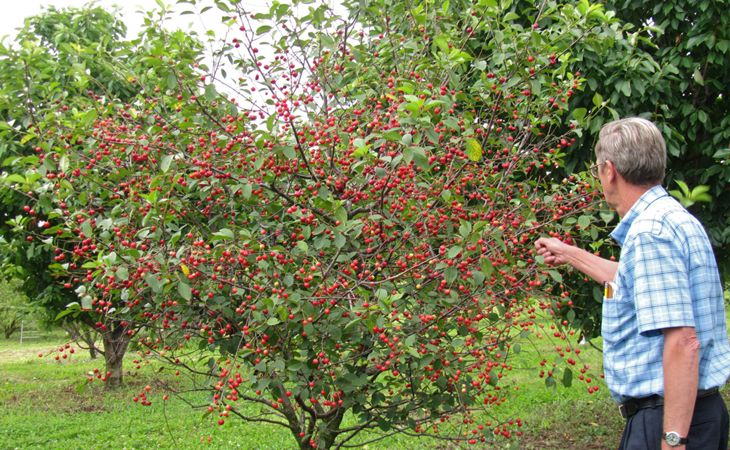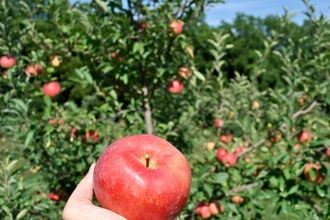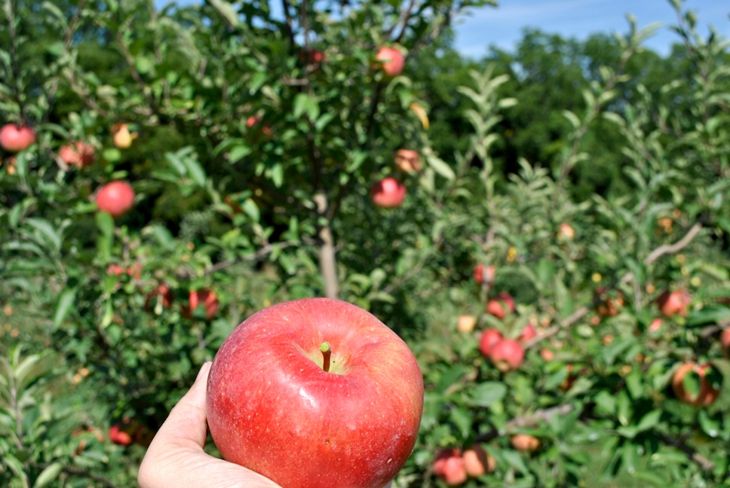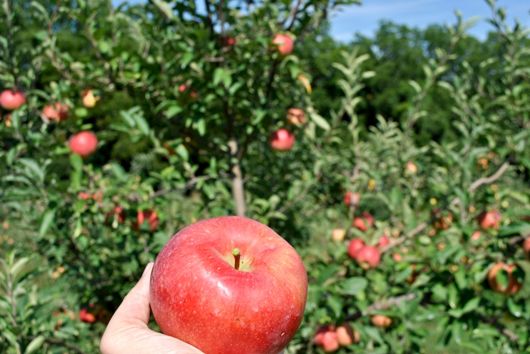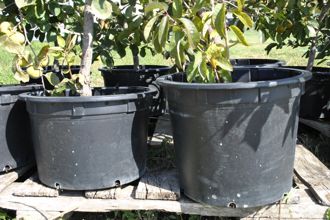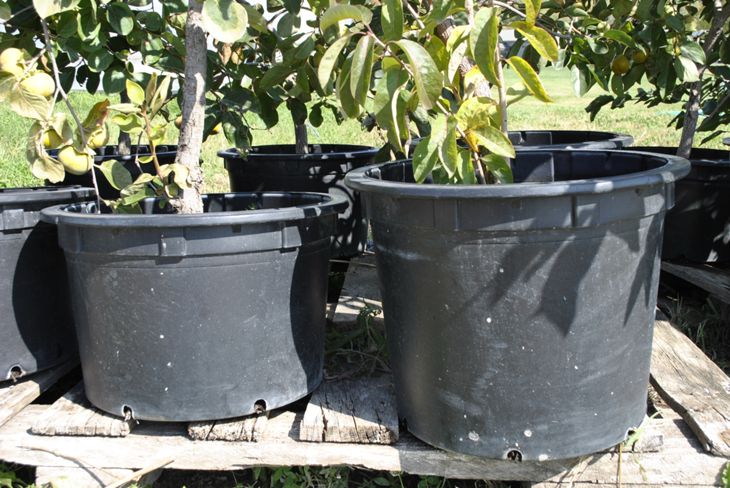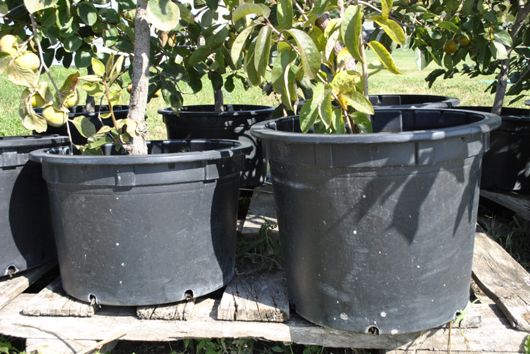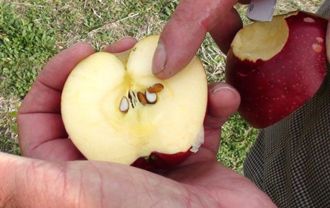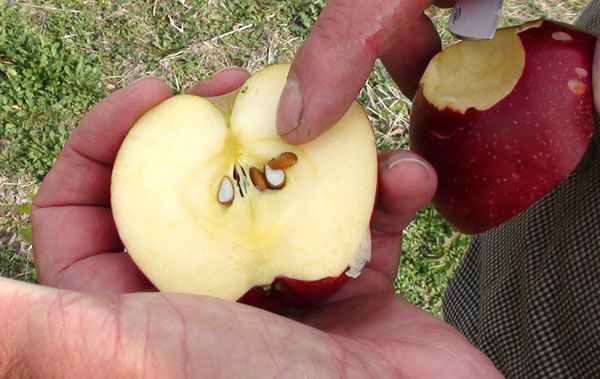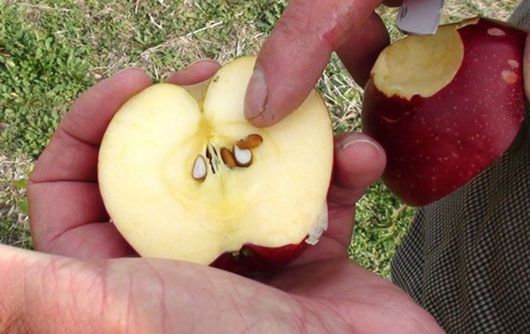All About Dwarf Fruit Trees
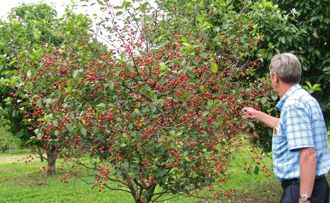
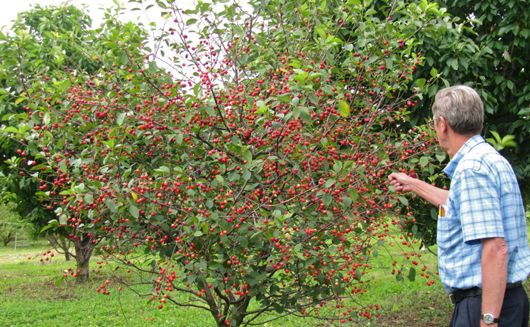
If you can garden, you can grow dwarf fruit trees. These small-sized trees provide an abundance of full-sized, homegrown fruit right at your fingertips!
What is a Dwarf Fruit Tree?
Dwarf fruit trees mature around 8 to 10 feet tall and wide. These small-sized trees will provide an abundance of full-sized fruit, but without requiring a large amount of room to grow.
Benefits of a Dwarf Fruit Tree
- Remains a manageable size for growing in small spaces like a small yard or a container
- Allows for care, maintenance, and harvest all from the safety of the ground
- Reaches fruit-bearing maturity sooner than the same fruit tree in a larger size
Learn about estimated "years to bear" ranges for fruit trees:
If you are limited on space, even for an 8- to 10-foot mature dwarf fruit tree, you have the option of growing fruit trees in containers. Fruit trees, with adequate care and maintenance, will grow and produce fruit even in a container environment.
How are they dwarfed?
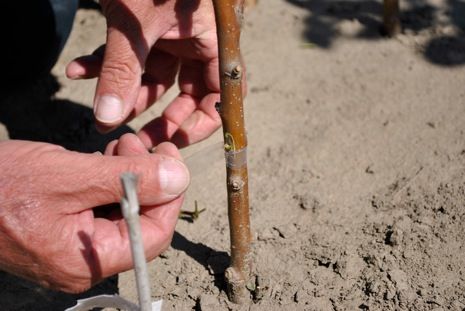
We often are asked how our dwarf fruit trees manage to stay smaller than their default standard size, and we hope it's no surprise that there is no genetic modification or genetic engineering involved!
In fact, it actually involves an old-fashioned, manual process: Selections from fruit tree varieties with desirable fruit characteristics are carefully grafted or budded onto a compatible rootstock.
The rootstock that is used is selected for its natural characteristics, like hardiness and size control. Grafting is a process of propagation that dates back thousands of years!
Find out more about grafted trees in our article, The Science of Grafting.
We continue to research new and dependable rootstocks for Stark Bro's trees. This involves studying and examining several different rootstocks – to see how compatible they are with a wide range of varieties – and their performance in our test orchards. The benefit here is the ability to offer growers fruit trees on reliable rootstocks as they are discovered!
Care for Dwarf Fruit Trees
When growing dwarf fruit trees, some may need extra encouragement to grow upright as they become established. This is a simple task you can do at planting time, or soon after, with tree stakes. Young trees growing in windy areas benefit from staking even if they are not dwarfs.
Tasks like pruning don't really vary between dwarf fruit trees and their larger counterparts when it comes to technique. However, dwarf fruit trees have less surface area than standard trees, so they require less work to maintain. With dwarf trees, you will still aim to prune...
- damaged, diseased, and dead limbs
- limbs that are growing inward toward the center of the tree
- suckers and water sprouts (read more about these here: Removing Suckers & Water Sprouts)
- about a third of the new growth (from that year) annually, while the trees are dormant
Dwarf fruit trees are a delightful addition to your edible landscape, whether you have a small space or room for a home orchard. If you can garden, you can grow fruit trees – and, with dwarf fruit trees, fresh homegrown fruit is right at your fingertips!
Grow Your Own Dwarf Fruit Trees
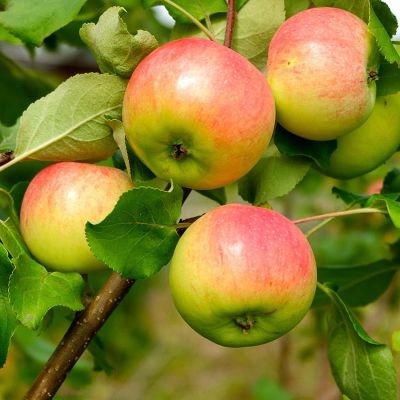 New
Anna Apple
$74.99
New
Anna Apple
$74.99
 On Sale
Apple Babe Genetic Dwarf Apple
$45.99
On Sale
Apple Babe Genetic Dwarf Apple
$45.99
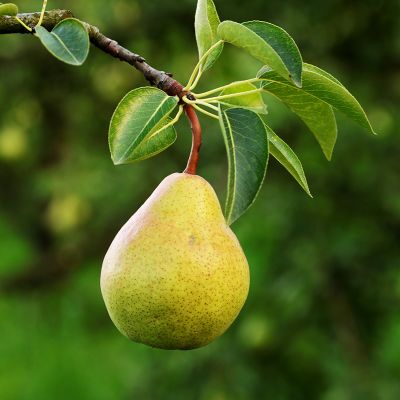 On Sale
Bartlett Pear
Starting at $34.99
Easy to Grow!
On Sale
Bartlett Pear
Starting at $34.99
Easy to Grow!
 On Sale
Benton® Sweet Cherry
$65.99
On Sale
Benton® Sweet Cherry
$65.99
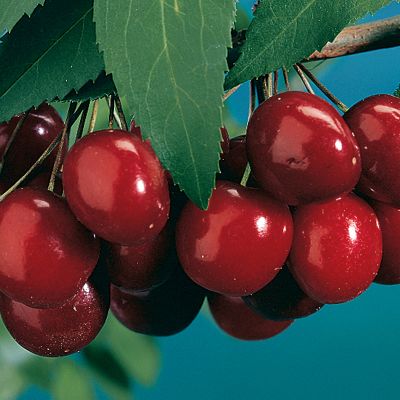 On Sale
Black Tartarian Sweet Cherry
Starting at $55.99
On Sale
Black Tartarian Sweet Cherry
Starting at $55.99
 On Sale
Braeburn Apple
Starting at $38.99
On Sale
Braeburn Apple
Starting at $38.99
 On Sale
Buckeye Gala® Apple
Starting at $29.99
On Sale
Buckeye Gala® Apple
Starting at $29.99
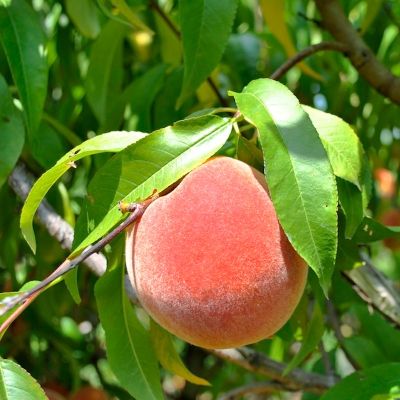 On Sale
Burbank™ July Elberta Peach
Starting at $55.99
A Stark® Exclusive!
On Sale
Burbank™ July Elberta Peach
Starting at $55.99
A Stark® Exclusive!
- Article Categories:
- How To Grow
- Ideas & Inspiration
- Product Features

